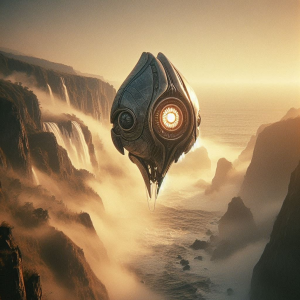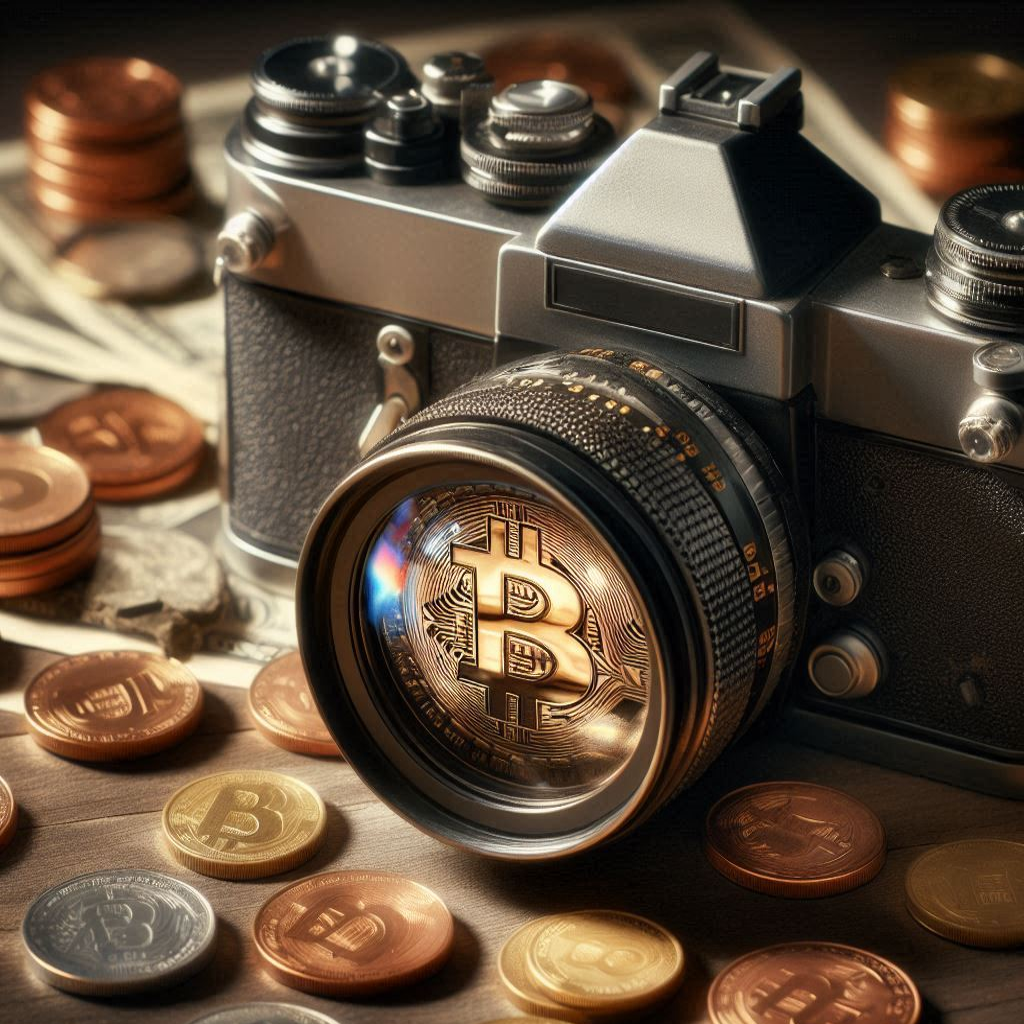In recent years, NFTs, or Non-Fungible Tokens, have taken the art and digital world by storm. An NFT is a unique digital item that is bought and sold using blockchain technology, which makes it secure and unchangeable. These digital assets can be anything from art, music, videos, to even virtual land. Some people might wonder, what is the most expensive NFT ever sold?
The title of the most expensive NFT goes to a digital artwork called “Everydays: The First 5000 Days,” created by artist Mike Winkelmann, known as Beeple. This piece was sold for an astonishing $69 million in March 2021 at a Christie’s auction. That’s a lot of money for a digital image! Many people were shocked because they didn’t think digital art could be worth so much.
The high price of this NFT shows how much people value digital art today. Buying an NFT is like collecting rare baseball cards or stamps, but in a digital form. Collectors love the idea of owning something that is one-of-a-kind and can’t be copied.
To help understand this exciting new world, here are some key terms:
1. NFT (Non-Fungible Token): A unique digital item that is bought and sold on the blockchain.
2. Blockchain: A secure and permanent digital ledger that records transactions.
3. Digital Art: Artwork created and stored in a digital format.
4. Auction: A sales event where items are sold to the highest bidder.
In conclusion, the most expensive NFT, Beeple’s artwork, has changed how we view digital items. It shows that the world of art is evolving, and digital collectibles are becoming an important part of that evolution.
Understanding NFTs
Non-fungible tokens (NFTs) are unique digital assets verified using blockchain technology. Unlike cryptocurrencies such as Bitcoin or Ethereum, which are fungible and can be exchanged for one another at equal value, NFTs represent ownership of a specific item, whether that be digital art, music, videos, or even virtual real estate. This uniqueness is the cornerstone of their value.
What Makes an NFT Valuable?
There are several factors that contribute to the value of an NFT:
- Rarity – The more unique an NFT is, the more value it generally holds.
- Creator’s popularity – If a well-known artist or creator makes the NFT, it can be more valuable.
- Historical significance – NFTs that mark an important event (like the first tweet ever) can be worth significantly more.
- Utility – Some NFTs have added features, such as accessibility to specific events or items, increasing their value.
The Most Expensive NFT Ever Sold
The highest recorded sale of an NFT was a digital artwork by the artist Beeple, titled “Everydays: The First 5000 Days.” It was sold at a Christie’s auction for a staggering $69.3 million in March 2021.
“NFTs will fundamentally change how we perceive ownership of digital assets.” – Beeple
Other Noteworthy Expensive NFTs
| Everydays: The First 5000 Days | $69.3 million | Beeple | 2021 |
| CryptoPunk #7804 | $7.6 million | Larva Labs | 2021 |
| Crossroads by Beeple | $6.6 million | Beeple | 2021 |
| CryptoPunk #3100 | $7.6 million | Larva Labs | 2021 |
Challenges and Criticism Surrounding NFTs
Despite the excitement around NFTs, there are several challenges and criticisms associated with them:
- Environmental concerns – The process of minting (creating) NFTs can have a large carbon footprint due to the energy consumption of blockchain networks.
- Market volatility – The value of NFTs can fluctuate wildly, making them a risky investment.
- Copyright issues – There is ongoing debate about who actually owns the artwork or files associated with NFTs, leading to potential legal disputes.
“While NFTs offer new ways to collect digital art, we must also consider the environmental impact.” – Environmental Analyst
Possible Solutions to NFT Challenges
There are ongoing discussions and potential solutions regarding the challenges of NFTs:
- Using eco-friendly blockchains – Development and support of blockchains that are energy-efficient can help mitigate environmental concerns.
- Improved regulation – Clear guidelines and regulations can help tackle copyright issues and protect creators and buyers.
- Market education – Educating potential buyers about the risks associated with NFTs can lead to more informed purchasing decisions.
Final Thoughts on NFTs
NFTs are reshaping the way we think about ownership and digital assets, offering both excitement and challenges. Understanding their intricacies can help navigate the rapidly evolving digital landscape.
What is the most expensive NFT ever sold?
The most expensive NFT ever sold, as of now, is “Everydays: The First 5000 Days,” created by artist Beeple. It sold for approximately $69 million at a Christie’s auction in March 2021.
What makes an NFT expensive?
An NFT can become expensive due to various factors, including the reputation of the artist, the uniqueness of the artwork, historical significance, and buyer demand. NFTs that are part of a well-known collection or have celebrity endorsements often command higher prices.
Are NFTs a good investment?
Investing in NFTs can be risky. While some have seen significant returns, the market is highly volatile and prices can fluctuate dramatically. It is essential for potential buyers to do thorough research and understand the market dynamics before investing.
How is the value of an NFT determined?
The value of an NFT is primarily determined by market demand, rarity, and the perceived value of the content. Other factors may include the history of previous sales and the artist’s recognition in the art community.
Can NFTs be resold?
Yes, NFTs can be resold on various marketplaces that support NFT transactions. The resale value can vary greatly based on demand, rarity, and market trends at the time of sale.
Are there risks associated with buying NFTs?
Yes, there are several risks involved in buying NFTs, including potential loss of value, lack of regulation in the market, and the possibility of scams. Buyers should ensure they are purchasing from reputable sources and consider the long-term value of the NFT.




